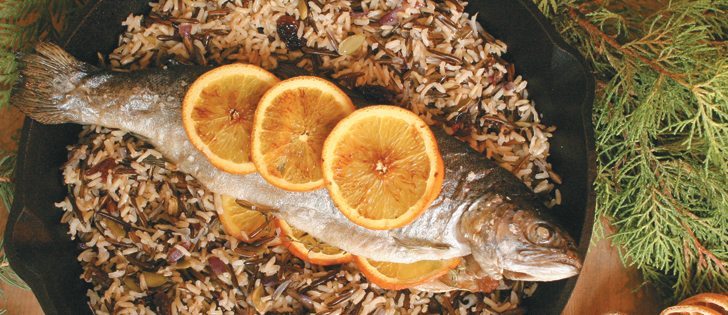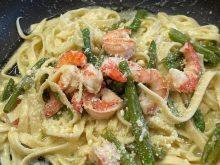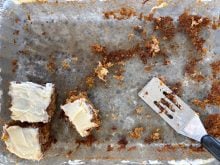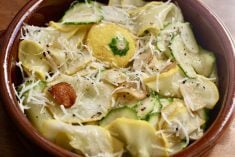The feast of the seven fishes , a Christmas Eve tradition in some parts of the world, originates in southern Italy and the Roman Catholic Church, where seven is believed to represent the seven sacraments or seven hills surrounding Rome. It could also be named for the seventh day of the week or Sabbath.
For the feast, seven seafood dishes are presented along with a variety of side dishes and desserts as they await the arrival of the baby Jesus.
The rules of this dinner are much more relaxed today and the seafood dinner is a way to create a festive mood in advance of the turkey dinner on Christmas Day.
Read Also
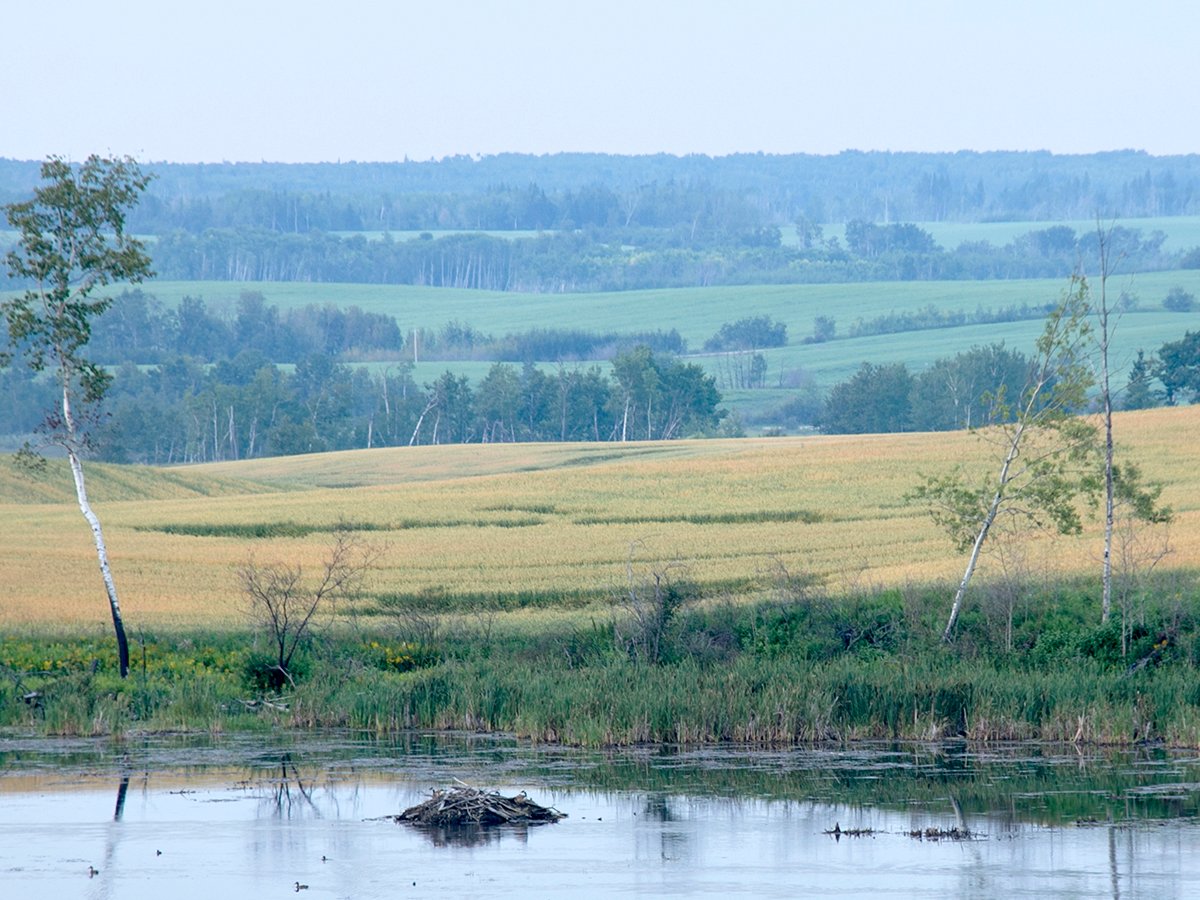
Intergenerational rollover rules can help succession plans
One of the most significant concerns in succession planning for farmers is the tax bill that can come with passing the farm to the next generation.
Pairing wine with seafood is challenging. We normally think white when we think fish but it depends not only on the type of fish or seafood but the method of preparation.
Shellfish generally calls for a light white wine like Vouvray or champagne. Spicy recipes are enhanced with something sweeter like an off-dry gewurztraminer or riesling.
White fleshed fish in a butter sauce pairs well with a chardonnay or white burgundy. Salmon and oily, darker fleshed fish work better with a light red like a pinot noir or a good rosé.
If unsure, a good champagne or sparkling wine goes well with all fish.
Roasted Rainbow Trout with Orange and Thyme
Any whole fish can be used but arctic char and salmon work well. Flash grilling the orange slices in a dry hot pan before garnishing adds more interest to their appearance and caramelizes the sugars for a more complex flavour.
- 2 lb. whole rainbow trout, scaled, gutted, and cleaned 1 kg
- kosher salt and freshly
- ground black pepper, to taste
- 3 sprigs thyme
- 2 sprigs flat leaf parsley
- 1/2 orange, sliced into thin rounds
- 1/4 c. extra-virgin olive oil 60 mL
- 2 tbsp. fresh orange juice 30 mL
Heat oven to 450 F (230 C). Season the trout cavity with salt and pepper and stuff with thyme, parsley and orange slices. Using kitchen twine, tie the trout crosswise spacing two inches apart.Rub trout with one tablespoon (15 mL) of oil, then transfer it to an aluminum foil lined baking sheet. Bake trout, turning once with a metal spatula, until cooked through and golden brown on the outside, about 15 minutes.
Meanwhile, whisk the remaining oil with the juice in a small bowl and season with salt and pepper. Remove twine from the trout and garnish with more orange slices. Drizzle with sauce before serving. Serves two as a main course.
Fritto Misto Amalfitano
The Amalfi coast overlooks the Gulf of Salerno and the Mediterranean Sea in Italy and offers an array of seafood. Use fish and seafood you have on hand. Frozen seafood should be thawed in the refrigerator a day or two in advance rather than leaving it at room temperature.
- 1 1/2 c. rice flour 375 mL
- 1 c. cornstarch 250 mL
- pinch of sugar
- pinch of cayenne pepper
- sea salt
- freshly ground black pepper
- 2 lemons, 1 thinly sliced and 1 cut into wedges
- 1 lb. squid, cut into 1 1/2 inch (7 cm) pieces, or large shrimp, peeled and deveined 500 g
- 4 oz. shucked oysters 110 g
- 4 oz. scallops 110 g
- 1/2 lb. firm mild white fish, cut into 1 1/4-inch (4 cm) strips 500 g
- canola oil, as needed
Pour oil into a dutch oven or other wide, deep pot to at least six inches (15 cm) deep. Set the pot over medium heat. Bring to 275 F (135 C) and maintain that temperature.
While oil is heating, combine flour, cornstarch, sugar, cayenne and two teaspoons (10 mL) each of salt and pepper in a wide, shallow bowl. Dredge the lemon slices and seafood in the flour mixture, shaking off any excess flour.
Using tongs or a slotted spoon, gently lower some of the dredged lemon slices into the hot oil, working with just four to six pieces at a time to avoid crowding the pot. The oil should bubble and sizzle but not spatter.
Cook until golden brown and crisp, about five minutes. Keep an eye on the oil temperature. It will drop after the raw ingredients are added and climb as they are cooking. Do not let the oil temperature climb above 280 F (138 C).
Using tongs or a slotted spoon, transfer the lemons to a baking sheet or platter lined with paper towels or newspaper and season with salt and pepper while still hot.
Repeat with the seafood, reserving the squid. Increase the temperature of the oil to 325 F (160 C) and repeat with the squid.
Serve family style, on a platter or a newspaper covered table, along with lemon wedges on the side for squeezing. Serves four to six as a main course. Adapted from Leite’s Culinaria.
Mussels in a Tomato/White Wine Broth
Mussels have stringy hairs coming from the closed shell that must be removed, a process known as debearding. Slice cleanly with a knife.
- 4 lb. mussels, scrubbed and debearded 2 kg
- 2 tbsp. olive oil 30 mL
- 1 red bell pepper, cored, seeded and finely chopped
- 1 medium leek, white part only, finely chopped
- 4 cloves garlic, minced
- 1/2 tsp. dried thyme 3 mL
- sea salt and freshly ground black pepper
- 2-14 1/2 oz. cans diced tomatoes 398 mL
- 1/2 lb. cooked smoked chorizo, thinly sliced 250 g
- 3/4 c. dry white wine 185 mL
- 1 lb. fettuccine, cooked 500 g
- crusty bread
Scrub and debeard mussels and set aside. Cook pasta while you prepare the mussels.
Heat olive oil over medium heat in a large Dutch oven that will hold all the ingredients. Add bell pepper, leek, garlic, thyme, one teaspoon salt and pepper to taste.
Cook, stirring, until vegetables are soft, about five minutes.
Mix in tomatoes and chorizo and cook and stir until warmed, about five minutes.
Add mussels, wine and increase heat to high. Stir. Cover and cook for three minutes. Turn off heat and keep lid on the pot. Leave to rest for a minute. Open and and discard shells that did not open.
Serve immediately with pasta and crusty Italian bread.
Shrimp alla Buzara
Shrimp with tails and head on are much more flavourful. Serve right from the pan. Put out a bowl for shells. Suck out all the juices from these tasty shrimp and serve with plenty of garlicky grilled bread to sop up the juices.
- 1/2 c. extra virgin olive oil, divided 125 mL
- 1/4 c. bread crumbs, preferably fresh 60 mL
- 4 cloves garlic, diced
- 1/2 c. finely chopped shallots 125 mL
- 2 c. dry white wine, divided 500 mL
- 2 tbsp. tomato puree 30 mL
- 1 tbsp. cognac or brandy 15 mL
- 4 tbsp. finely chopped parsley 60 mL
- salt
- freshly ground black pepper
- 2 lb. large raw shrimp, tails and heads on 1 kg
- chopped parsley and olive oil for garnish
Heat 1/4 cup (60 mL) olive oil in a large skillet over medium high heat. Add bread crumbs and saute until golden but be careful not to burn.
Add garlic and shallots and saute until soft, about two minutes. Add 1/4 cup (60 mL) of white wine and stir until the wine is nearly evaporated and shallots are softened, about three to four minutes. Add tomato puree and stir into shallot mixture until it slightly browns.
Add the rest of the wine and cognac, bringing to a boil, then add parsley. Add salt and freshly ground pepper to taste.
Reduce heat and allow to simmer.
Meanwhile, in a large skillet, heat remaining 1/4 cup (60 mL) olive oil over medium high heat until hot. Add shrimp and saute until shells turn pink. Add cooked shrimp to the simmering sauce. Simmer for a few more minutes. Taste and adjust seasoning, if necessary. Turn off heat. Drizzle with quality olive oil and chopped parsley. Serve with crusty grilled bread. Serves eight as an appetizer. – Source: Lidia’s Italy, a cooking website.
Smoked Salmon Chowder
Any fresh or smoked fish would work in this recipe. You can also use bits and pieces of leftover fish and seafood to make this chowder.
- 1 tbsp. olive oil 15 mL
- 3 c. leeks, white and 750 mL
- light green parts only, rinsed and sliced
- 1 clove garlic, minced
- 1 large potato, peeled and cubed
- 1 large stalk celery, chopped
- 1/2 tsp. kosher salt 3 mL
- 1/2 tsp. freshly ground black pepper 2 mL
- 2 c. vegetable broth 500 mL
- 2 tbsp. tomato paste 30 mL
- 2 c. milk 500 mL
- 8 oz. smoked salmon, pulled into bite sized pieces 225 g
- 1/2 c. heavy cream 125 mL
- 2 tbsp. green onions, chopped 30 mL
Heat the olive oil in a large, heavy-bottomed pot over low heat. Add leeks and garlic and sauté for 2 minutes.
Add potato, celery, salt and pepper and cook over medium heat for about 1 minute, stirring constantly. Add broth and simmer until potato is tender, about 15 minutes.
Add tomato paste, milk and salmon, and bring it back to a simmer for a few minutes but don’t let it boil, or the milk will curdle. Stir in the cream.
Remove from heat, garnish with green onions. Serves four to six.
Sarah Galvin is a home economist, teacher and farmers’ market vendor at Swift Current, Sask., and a member of Team Resources. She writes a blog at allourfingersinthepie.blogspot.ca. Contact: team@producer.com.

